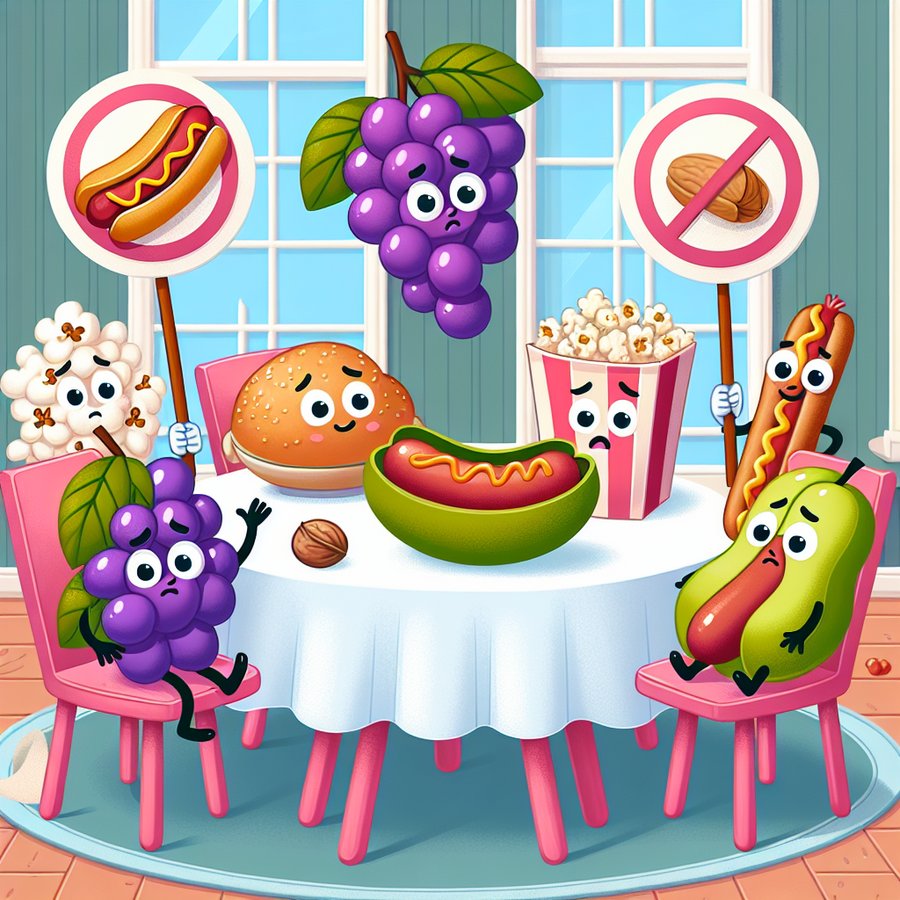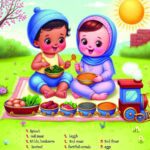Introducing your baby to solid foods is a milestone that comes with much excitement and a bit of anxiety. While exploring new tastes and textures is crucial for development, it’s equally important to be aware of first foods to avoid due to choking risk. Keeping your little one safe during mealtime begins with knowledge and precaution.
First Foods to Avoid Due to Choking Risk
When venturing into the world of solids, certain foods pose a higher choking risk for babies and should be approached with caution or avoided altogether. Understanding which foods to steer clear of can help prevent unnecessary accidents and ensure a smoother transition to solid foods.
Some common culprits include whole nuts, popcorn, and hard candies, which are difficult for babies to chew and break down. Additionally, raw vegetables like carrots and celery, as well as whole grapes, pose significant choking hazards. These foods should be modified (such as cooking and cutting into appropriate sizes) or avoided until your child is older and has developed better chewing and swallowing skills. For more detailed guidance, visiting the American Academy of Pediatrics website can be very informative.
Understanding the Risks and Precautions
It’s not just about which foods to avoid; how you prepare and present foods to your baby can also impact their risk of choking. For instance, cutting foods into small, manageable pieces and ensuring they’re soft enough to mash with gentle pressure can significantly reduce choking risks. It’s crucial to always supervise your baby while they’re eating and to be knowledgeable about infant CPR and choking first aid. A valuable resource is Understanding Infant CPR: A Lifesaving Guide for Parents.
Another aspect to consider is your baby’s sitting posture during meals. Ensuring your baby is seated upright in a high chair with proper support can help facilitate safer swallowing and reduce the risk of choking. Familiarize yourself with the signs of choking, such as inability to cry, cough, or breathe, so you can act immediately if needed.
Creating a Safe and Nurturing Feeding Environment
Cultivating a safe eating environment goes beyond monitoring first foods to avoid due to choking risk. It encompasses everything from the physical setting where your baby eats to the emotional atmosphere you create during meal times. Ensuring a distraction-free environment where your baby can focus on eating and exploring new foods is key. Additionally, your patience and encouragement can significantly influence their eating habits and attitudes toward food.
Incorporate feeding practices that promote autonomy, such as letting your baby explore foods at their own pace and showing interest in their feeding journey. Tools like baby-led weaning can introduce solids in a way that respects your baby’s cues and readiness. However, always consult with a pediatrician before starting any new feeding practice. Resources like Preventing Choking Hazards: Safe Foods for Infants and Toddlers can offer additional insights and tips.
As you navigate the exciting and sometimes daunting world of first foods, remember that your awareness and preparation can make a significant difference in your baby’s safety and well-being. By knowing the first foods to avoid due to choking risk and adopting safe feeding practices, you can create a positive and secure eating experience for your little one.
For more tips on creating a safe and nurturing environment for your baby, visit our articles on Choosing the Safest Baby Car Seats for Newborns, and Essential First Aid Skills Every Parent Should Know. Embracing these guidelines will help ensure that your baby’s transition to solid foods is both joyful and safe.













